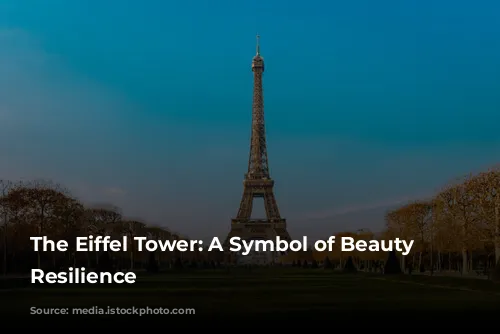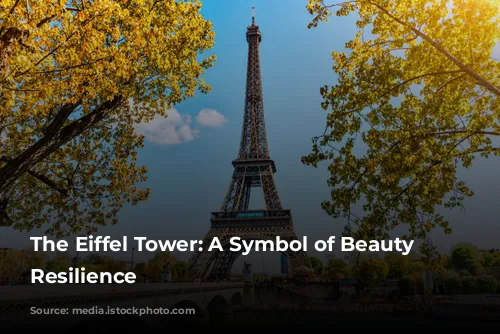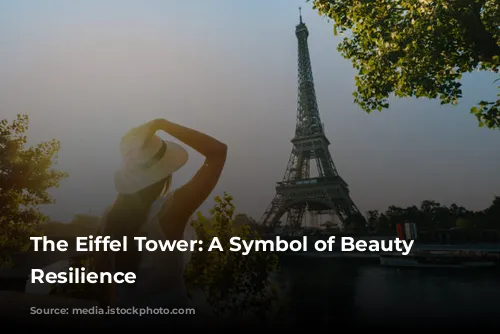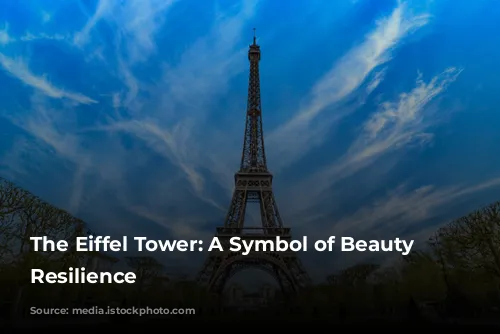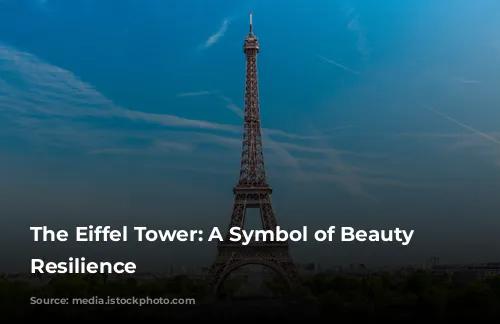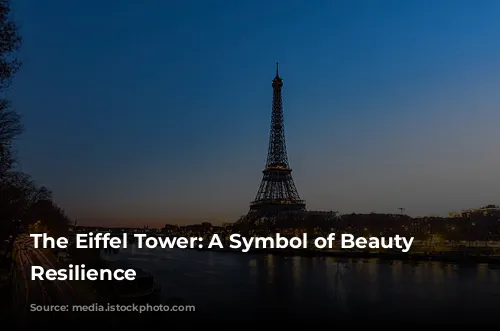The Eiffel Tower, a global icon, stands tall in Paris, France, but even its majestic structure needs a helping hand. As the 2024 Paris Olympics approach, a massive renovation project is underway, with an estimated cost of $60 million to ensure the tower is ready for the event. However, concerns have arisen about the effectiveness of the planned maintenance, with reports suggesting the tower might be in dire need of a more thorough restoration than the planned cosmetic makeover.
A Century of Wonder: The Eiffel Tower’s Legacy
The Eiffel Tower, initially known as the “300-meter Tower,” was a marvel of engineering when it was constructed in 1887. It opened to the public just two years, two months, and five days later, in 1889, coinciding with the Paris World’s Fair, a celebration marking the centennial of the French Revolution. While some prominent artists and writers protested its construction, the tower quickly became a sensation, attracting over 2 million visitors in its first year. Today, it welcomes around 7 million visitors annually, earning the title of the world’s most visited paid monument. The iron structure stood as the world’s tallest building until the completion of the Chrysler Building in 1929, showcasing the rapid advancement of construction techniques.
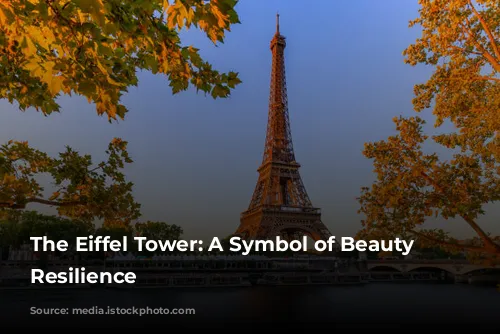
A Closer Look: The Eiffel Tower’s Design and Structure
The Eiffel Tower’s towering presence is a testament to its engineering prowess. It stands at a majestic 984 feet tall, with an even broader base spanning 410 feet. The tower’s metal frame weighs a staggering 7,300 tons, showcasing its immense scale. Professor Benjamin Schafer, a civil engineering expert, highlights the tower’s remarkable shape, which perfectly resists wind loads. The tower was initially intended to be a temporary structure, standing for only 20 years, but its utility for radio and telecommunications transmissions, coupled with its global appeal, ensured its longevity. Since the 1980s, regular renovations, restorations, and adaptations have kept the tower welcoming to its ever-growing audience.

A Colorful History: The Evolution of the Eiffel Tower’s Appearance
Over its 132-year lifespan, the Eiffel Tower has been painted in seven distinct colors, reflecting the changing aesthetic tastes of the era. Its original color was Venetian red, but later coats included reddish-brown, ochre brown, yellow-brown, and brownish-red. A unique five-hue golden gradient, transitioning from yellow-orange at the base to light yellow at the top, adorned the tower in 1899. Since 1968, the tower has donned a ‘Eiffel Tower brown’ palette in three shades, the darkest residing at the base. While this palette might seem subdued, it was meticulously chosen to complement the Parisian cityscape. However, in time for the 2024 Olympics, the tower will regain its former golden hue.
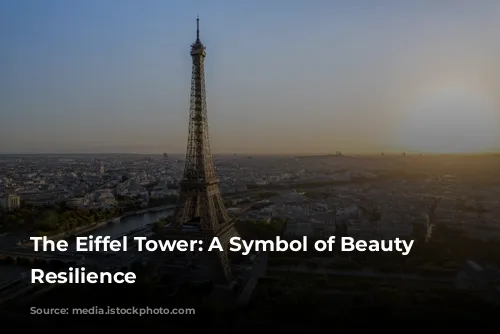
Maintaining a Legacy: The Challenges of Preserving the Eiffel Tower
The Eiffel Tower undergoes a complete paint job every seven years, a practice recommended by Gustave Eiffel himself, the tower’s visionary architect. This meticulous process involves stripping, cleaning, rust-proofing, and painting the tower, ensuring its enduring lifespan.
The Eiffel Tower, conceived by Émile Nouguier and Maurice Koechlin, engineers from Gustave Eiffel’s firm, and architect Stephen Sauvestre, emerged as the winning design in an open competition for the World’s Fair planned in Paris. This iconic structure stands as a symbol of progress during the Industrial Revolution of the 19th century. Notably, the tower was constructed using iron, the only material capable of realizing its intricate design at that time. Steel, which later revolutionized the building industry with the rise of skyscrapers, wasn’t yet readily available. The challenge of maintaining the Eiffel Tower stems from the constant battle against corrosion and fatigue, two crucial factors that necessitate regular attention.
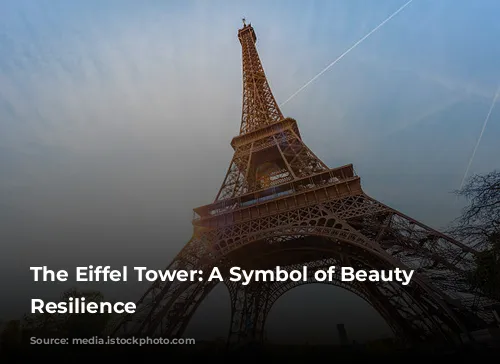
A Balance of Beauty and Preservation: The Eiffel Tower’s Future
The ongoing renovation project for the Olympics aimed to strip a third of the tower and apply two new layers of paint. However, due to delays caused by the COVID-19 pandemic and concerns over lead levels in the old paint, only 5 percent will now be treated. The organization that manages the tower, SETE, faces the delicate balancing act of prioritizing tourist income while ensuring the tower’s long-term preservation. Reports from 2010 to 2016 highlighted concerns about the tower’s maintenance and condition, including findings of cracks, rust, and poor paint adhesion. Despite these challenges, SETE remains committed to maintaining the tower’s splendor, with a dedicated watchdog body monitoring client satisfaction. The organization takes immense pride in the fact that 96 percent of visitors would recommend the monument to friends and family.
The Eiffel Tower, a testament to human ingenuity and resilience, continues to stand tall, a captivating landmark cherished by millions worldwide. The ongoing efforts to preserve its grandeur ensure that generations to come will continue to be mesmerized by this iconic symbol of architectural beauty.
